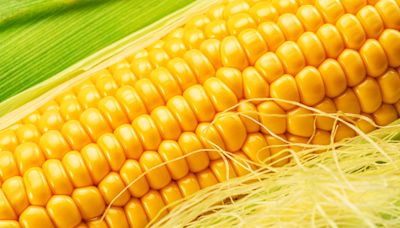Search results
Silk is a natural protein fiber, some forms of which can be woven into textiles. The protein fiber of silk is composed mainly of fibroin and is produced by certain insect larvae to form cocoons. [1] . The best-known silk is obtained from the cocoons of the larvae of the mulberry silkworm Bombyx mori reared in captivity ( sericulture ).
3 days ago · silk, animal fibre produced by certain insects and arachnids as building material for cocoons and webs, some of which can be used to make fine fabrics. In commercial use, silk is almost entirely limited to filaments from the cocoons of domesticated silkworms (caterpillars of several moth species belonging to the genus Bombyx ).
From wedding gowns and sleepwear to lavish curtains, bedding and everything in between, there is a type of silk with just the right properties for each item. In this article, we will go over 17 different types of silk fabric and their characteristics.
Silk is the strongest natural textile in the world. This textile was just recently surpassed in strength by a lab-engineered biomaterial, but it remains the strongest fabric made through natural processes. Despite its immense tensile strength, silk is generally prized for other reasons.
Silk fabric, also known as ‘Paat’ in East India, Pattu in South India and Resham in North India, is a natural fiber produced from the cocoons of mulberry silkworm via a process called Sericulture. The yarns produced from the process of sericulture are used to weave a variety of textiles. Lustrous Silk Fabric (source: youtube)
Silk is a natural fiber produced by silkworms. It is made from the cocoons spun by the larvae of the silk moth, known scientifically as Bombyx mori. The silk production process begins with the cultivation of silkworms and ends with the extraction of silk threads from the cocoons.
Ancient India. Tradition silk handlooms, in Varanasi India, where it usually takes two months to weave a Banarasi saree. The brocade weaving centres of India developed in and around the capitals of kingdoms or holy cities because of the demand for expensive fabrics by the royal families and temples.
The penetration of the Western Regions of Central Asia by Zhang Qian, beginning in BCE 139 during the reign of the Han dynasty Martial Emperor Wudi, paved the way for the trade routes...
Sep 18, 2019 · Silk is made from cocoons that are spun by silkworms. But how do silkworms make silk, and how do we turn these strands of silk into the beautiful silk fabrics that we love to wear? The lifecycle of a silkworm. Stage 1 – Egg. Stage 2 – Larva. Stage 3 – Pupa. Stage 4 – Adult Moth. How silkworms make silk. How silk thread and silk fabrics are made.
Jul 28, 2017 · Silk is a fabric first produced in Neolithic China from the filaments of the cocoon of the silk worm. It became a staple source of income for small farmers and, as weaving techniques improved, the reputation...

